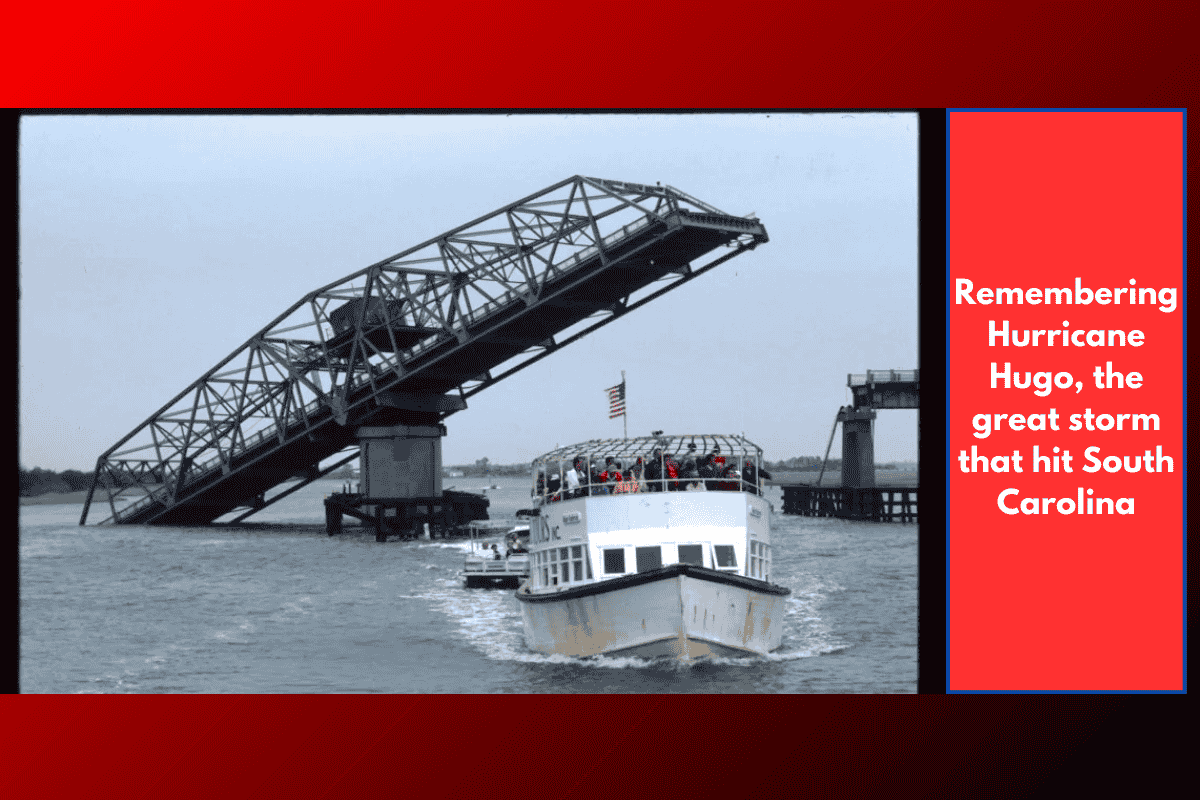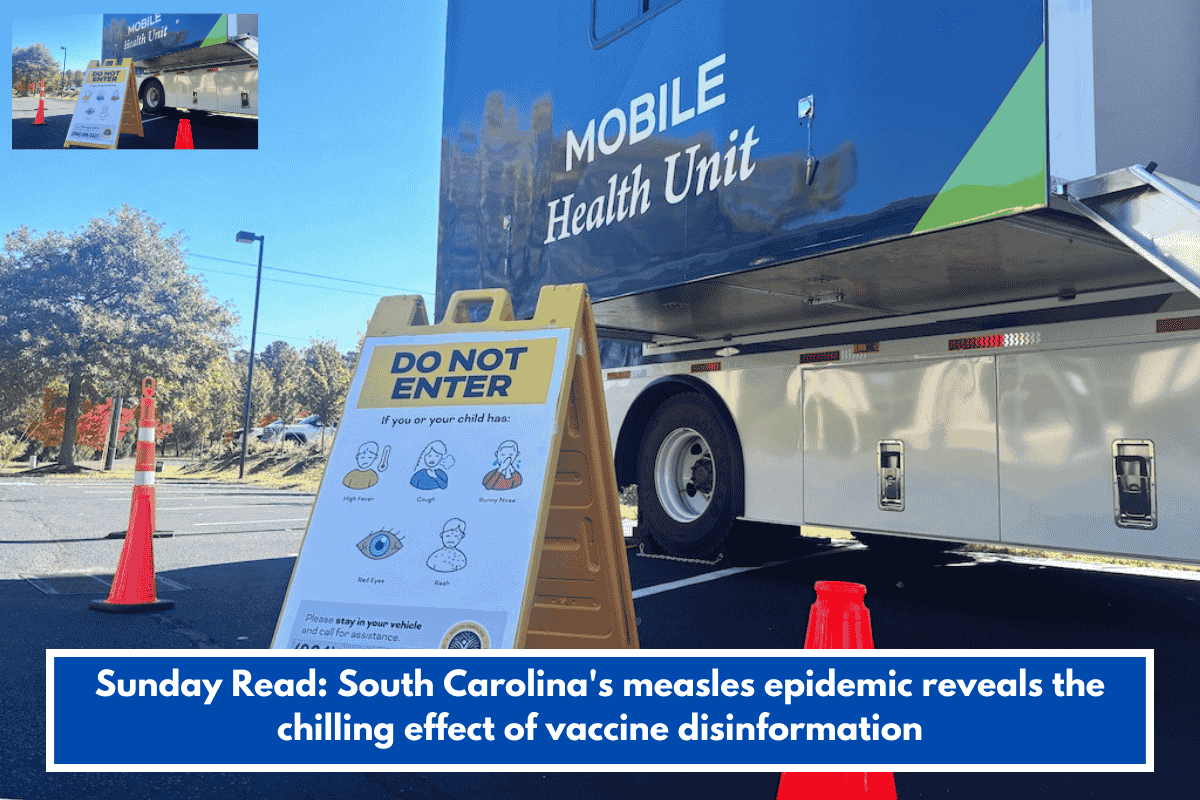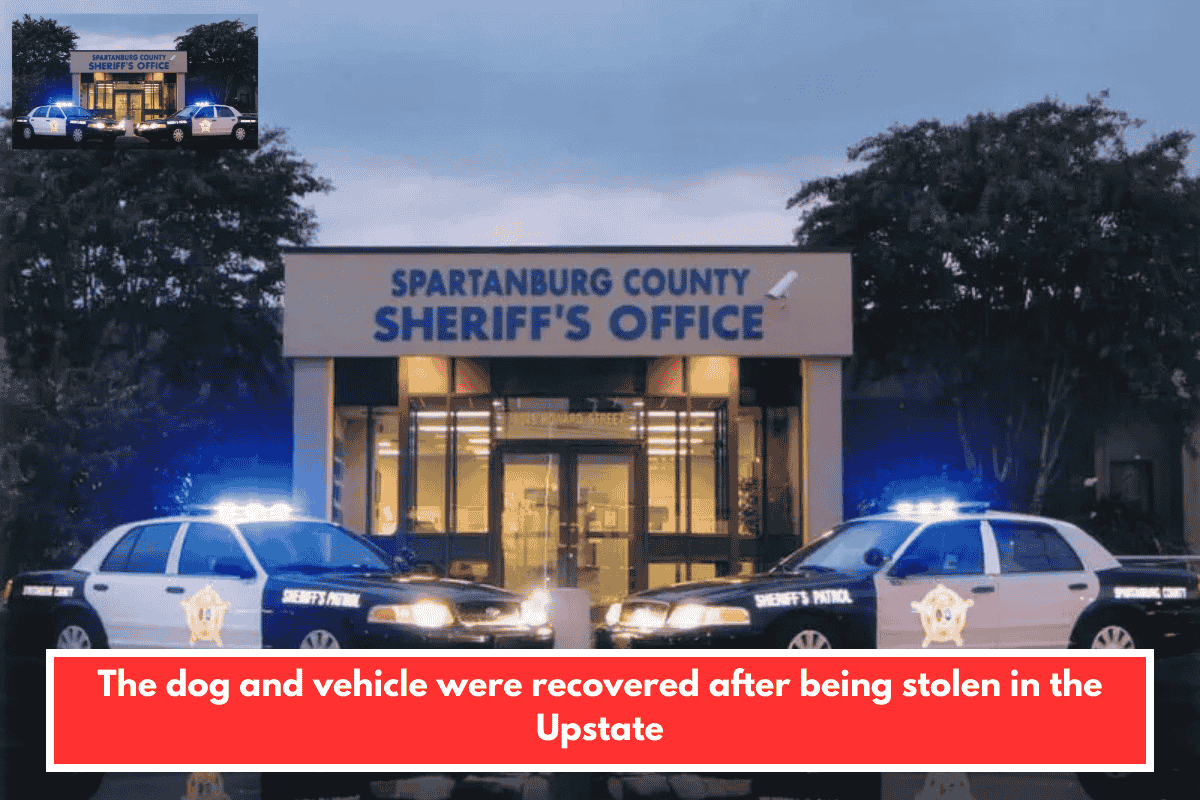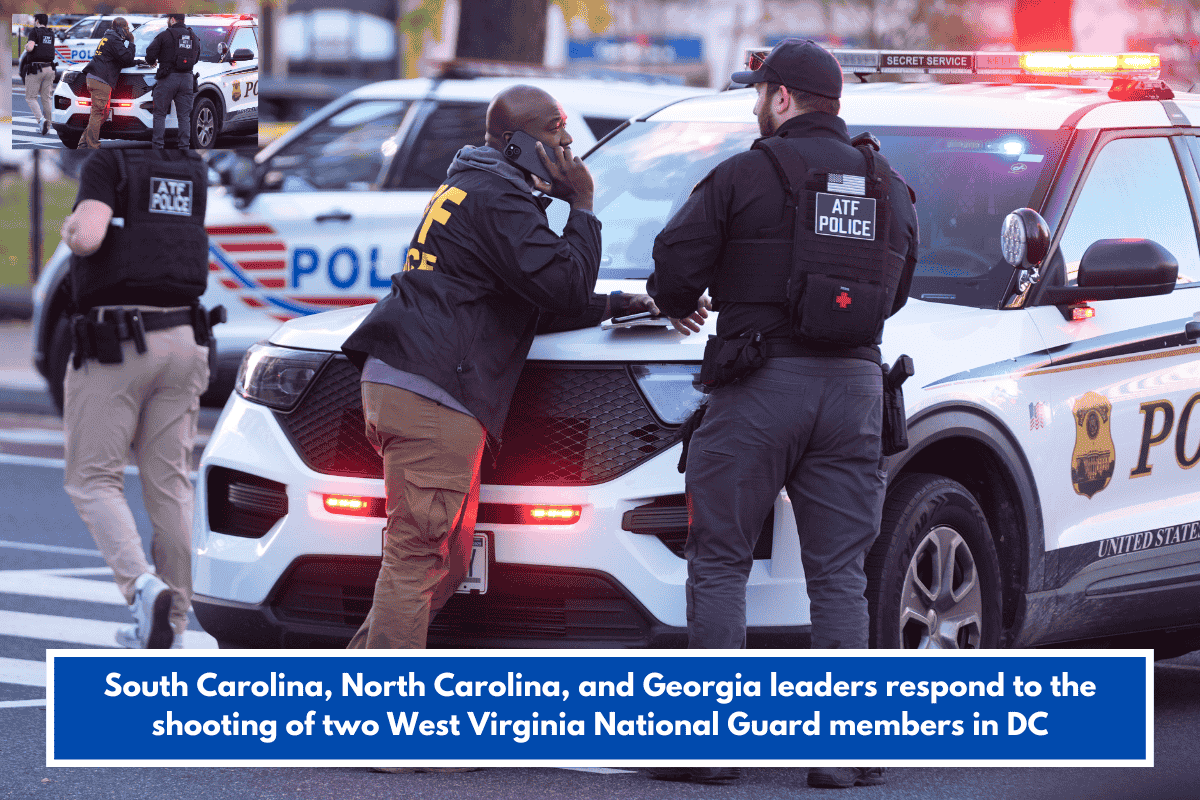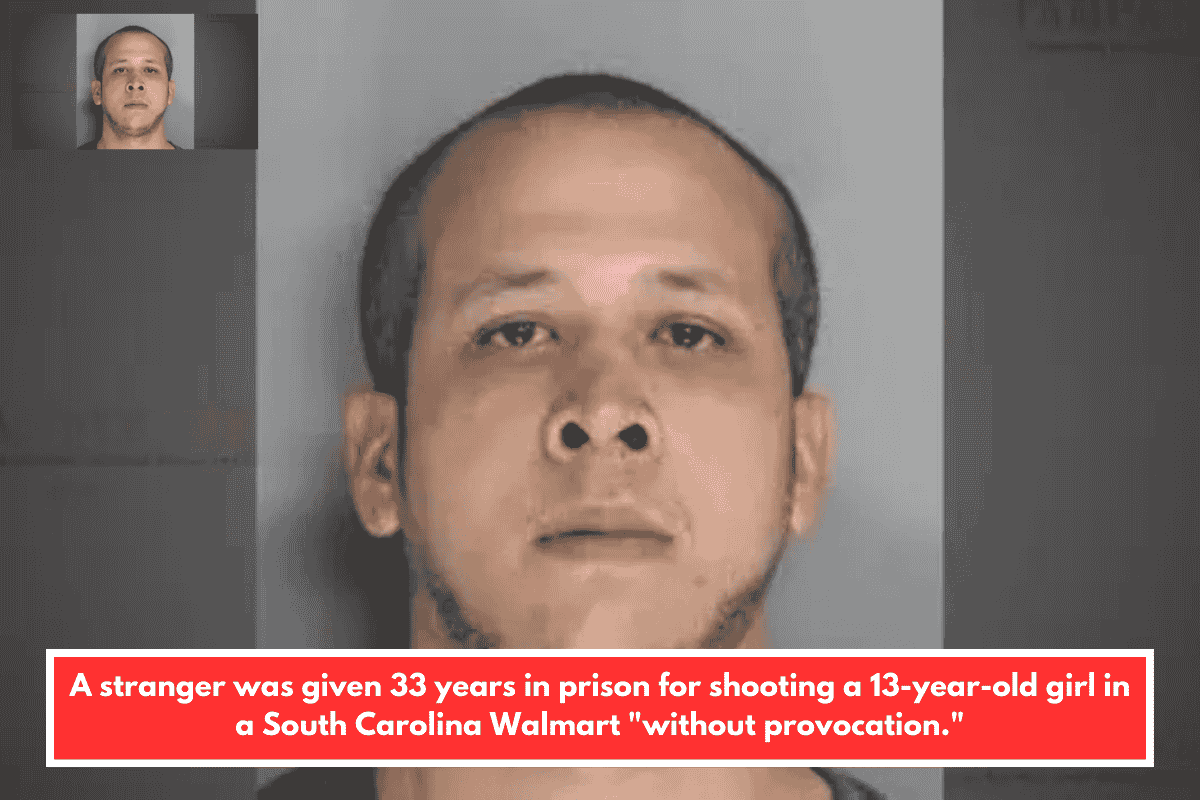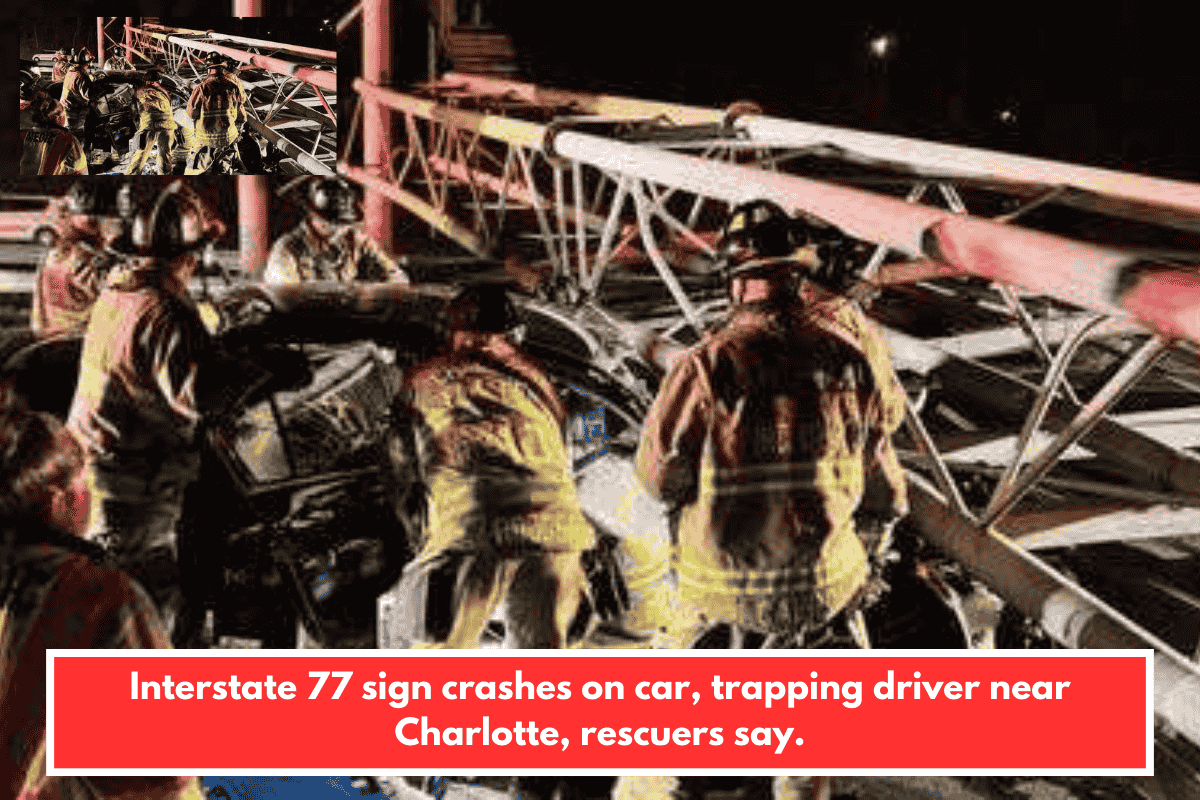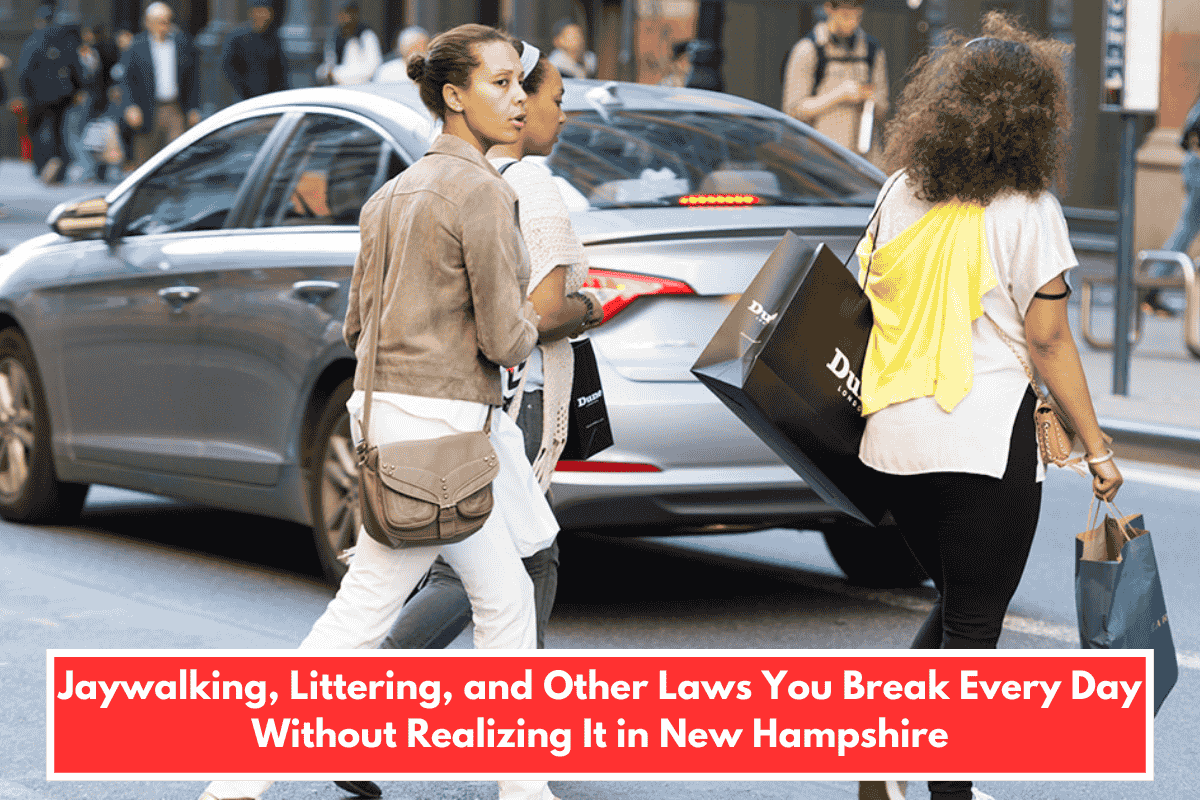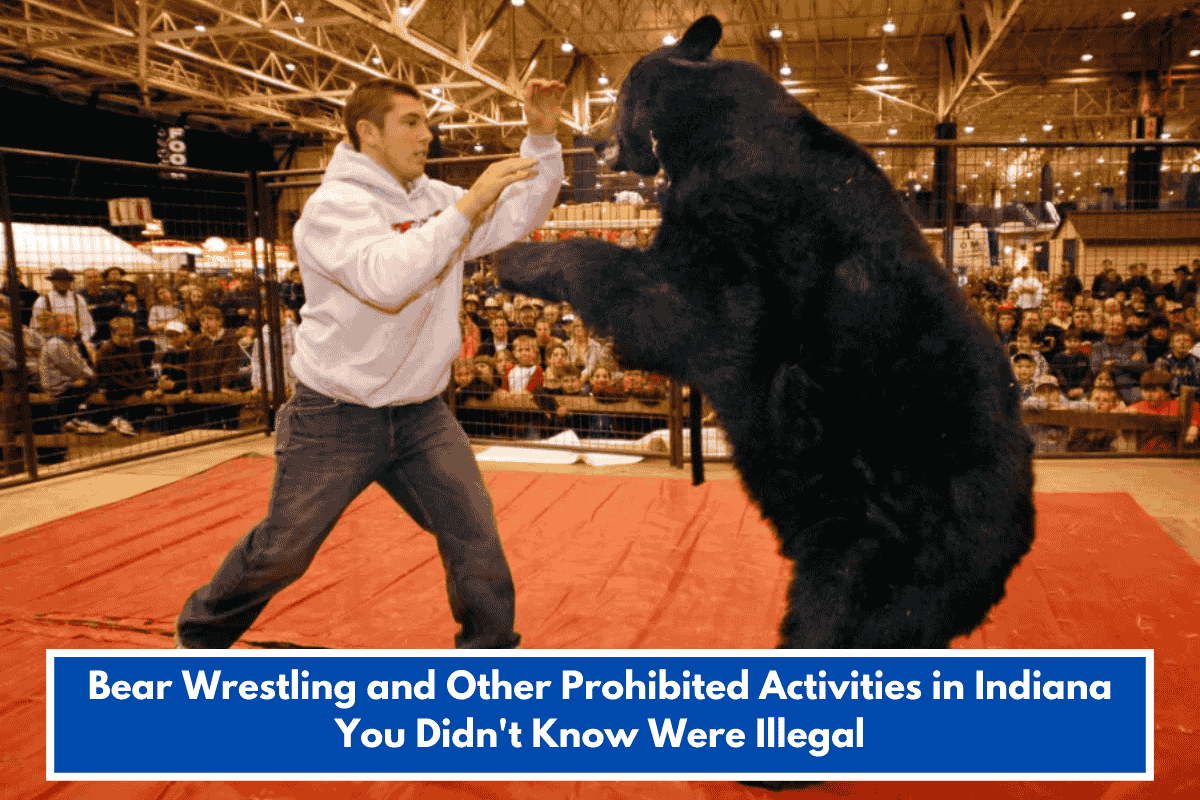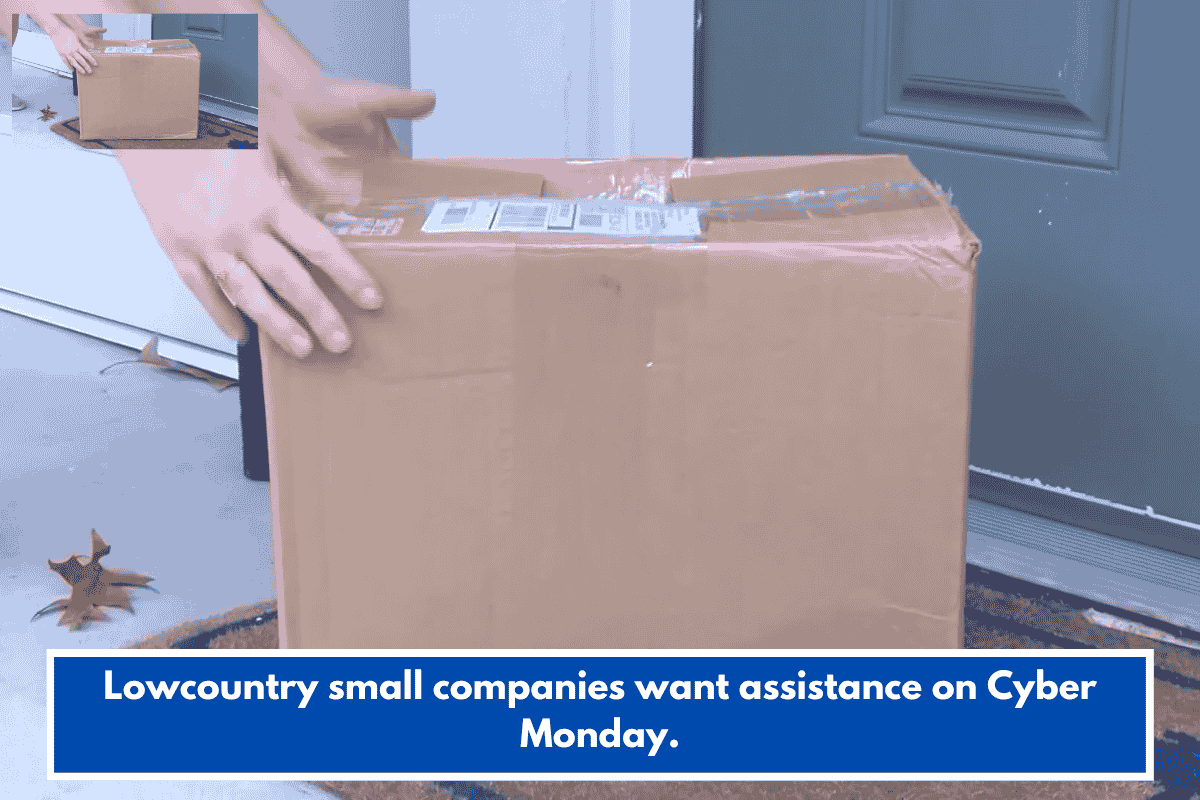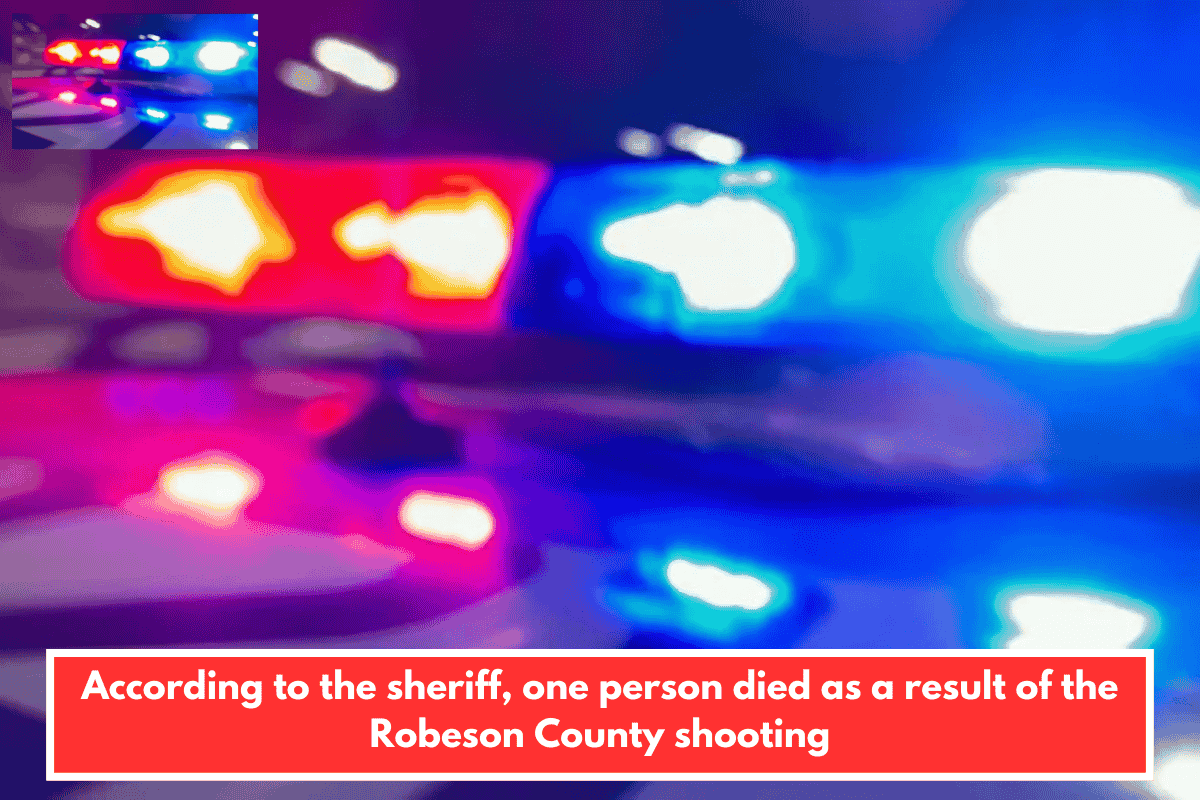Charleston, South Carolina – Hurricane Hugo, a Category 4 storm, made landfall on the South Carolina coast 36 years ago. The hurricane made landfall on Sullivan’s Island shortly after midnight on September 22, 1989, with maximum winds estimated at 135-140 mph.
Hugo emerged near the Cape Verde Islands on September 9, 1989. The storm gradually strengthened and was temporarily elevated to a severe Category 5 hurricane as it traveled over the Atlantic, but its intensity fluctuated as it approached Guadeloupe, St. Croix, and Puerto Rico.
“Hugo came off the African continent like a wave. Even today, it’s important to keep a watch out for these kind of waves, as Hugo was one. Rob Fower, Chief Meteorologist for Storm Team 2, stated that it would be on our doorstep 12 days later.
Fowler stated that on September 18, the newsroom had to decide whether to continue covering Hugo or to ratchet things up and pivot toward preparation for a possible strike.
“We had a summer party at Channel 2 on September 17th, and our news director, Mark Pimentel, approached me and said, “Okay, Rob, we see Hugo out there. “What do you think?” I responded: “Let’s wait and see another day as it goes towards Puerto Rico and what happens after that,” according to him. “It hit Puerto Rico on the 18th of September with 150 mph winds and that was the time for me, I said we needed to kick it into the next gear because it didn’t change direction, it continued to move northwest out of Puerto Rico, and if you draw a line from Puerto Rico northwest, you find yourself in the southeastern United States.”
Hugo could see Charleston.
It was downgraded to Category 4 before hitting the Charleston region.
WCBD evacuated their Mount Pleasant television studios. Rob Fowler proceeded to the National Weather Service office in North Charleston, while colleagues anchors and reporters Terry Casey and Leslie Lyles headed to the Emergency Operations Center, while engineers and presenter Dan Ashley went to the station’s transmitter facility in Awendaw to continue coverage.
As the winds pounded Charleston, WCBD was the final station left on the air when Hugo hit, and the first back on the air the next day, thanks to the risky choice to have a personnel wait out the storm at the transmitter site.
“It was a scary night,” Fowler said, describing the storm while at the NWS. “I’ll never forget that they had two roofs—one welded on and one fastened on. The winds reached between the welded and bolted roofs, tearing the bolts out and twisting the corrugated metal that made up the outer roof. If you’ve ever heard metal bend and winds roar through there, it was terrible. We feared the roof was falling off at one point, so we raced down the corridor to the toilet, which was the safest spot in the building, despite the fact that 13 people were jammed there. “That is something I will never forget.”
Hugo produced devastating and widespread devastation throughout the South Carolina coast, with Charleston bearing the brunt of the storm’s wrath. Storm surge, which reached around 20 feet at McClellanville, was the principal cause of disaster.
The hurricane damaged or destroyed about 80,000 dwellings, with an estimated timber loss of more than $1 billion.
Hugo not only affected the scenery, but it also changed people’s lives, construction codes, and created a period in Charleston history: before Hugo and after. And, as Rob Fowler says, a Hugo-like storm will occur again sometime. “It’s not a matter of if, but when,” he told me. “That is why we remember each year.”

